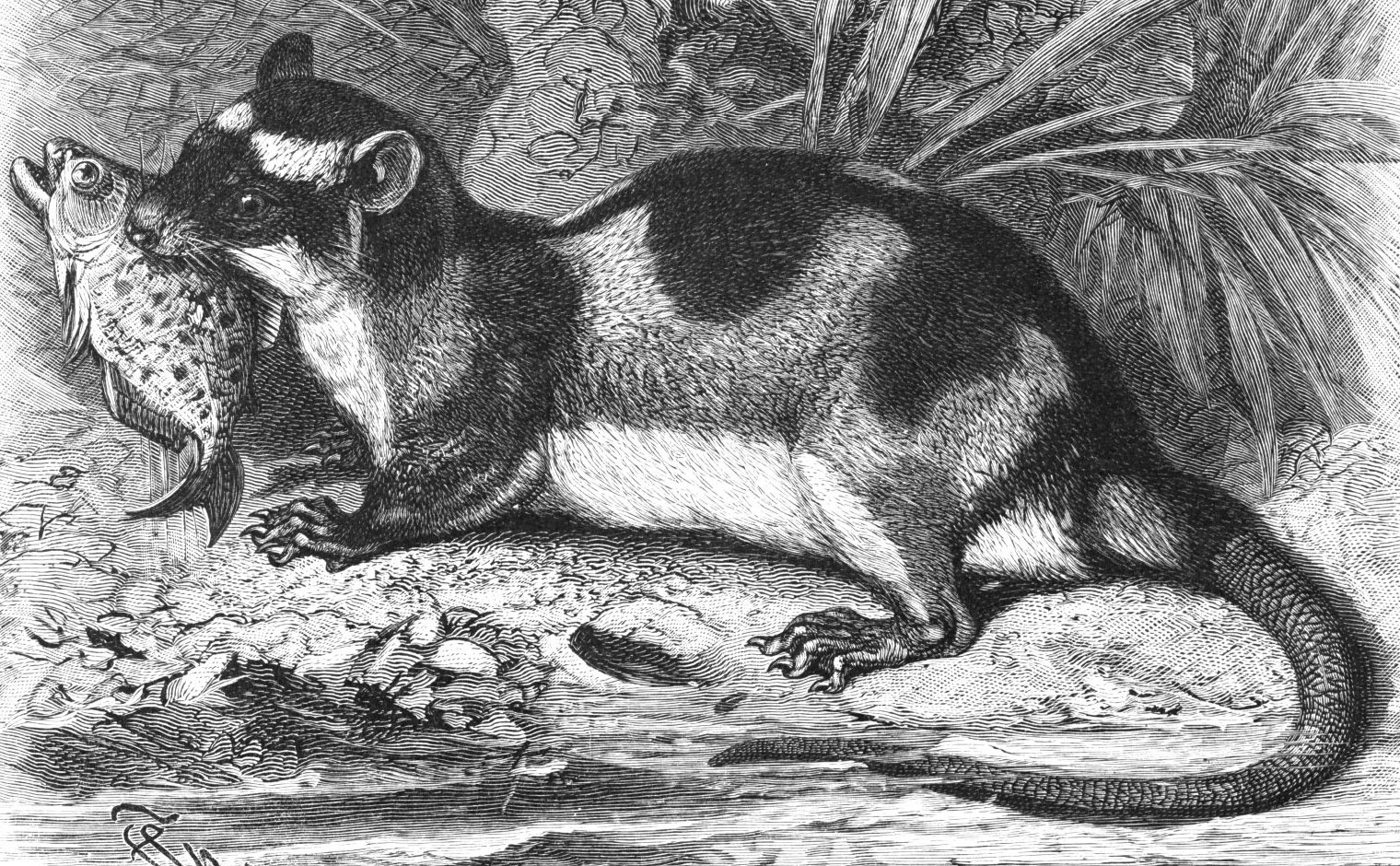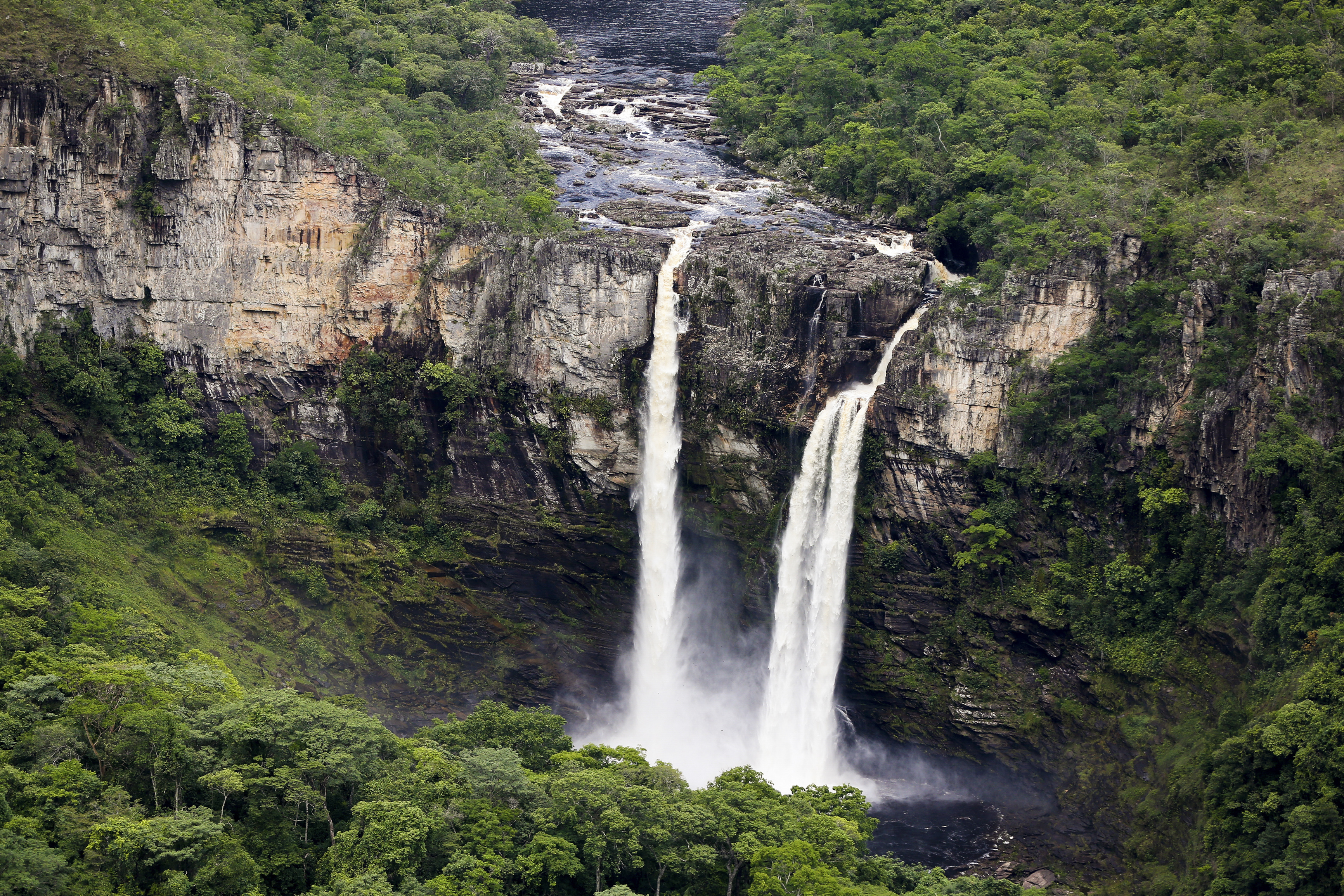|
Oligoryzomys Moojeni
''Oligoryzomys moojeni'' is a species of rodent from South America in the genus ''Oligoryzomys'' of family Cricetidae. It is known only from central Brazil, where it is found in the cerrado and gallery forests. It is named after twentieth-century Brazilian zoologist João Moojen. Its karyotype A karyotype is the general appearance of the complete set of chromosomes in the cells of a species or in an individual organism, mainly including their sizes, numbers, and shapes. Karyotyping is the process by which a karyotype is discerned by de ... has 2n = 70 and FNa = 84. References Literature cited * Oligoryzomys Rodents of Brazil Endemic mammals of Brazil Fauna of the Cerrado Mammals described in 2005 Taxa named by Marcelo Weksler {{Oligoryzomys-stub ... [...More Info...] [...Related Items...] OR: [Wikipedia] [Google] [Baidu] |
Marcelo Weksler
Marcelo is a given name, the Spanish and Portuguese form of Marcellus. Marcelo may refer to: Given name * Marcelo Costa de Andrade (born 1967), Brazilian serial killer, rapist, and necrophile * Marcelo Arriagada (born 1973), Chilean road cyclist * Marcelo Barovero (born 1984), Argentine football goalkeeper *Marcelo Barticciotto (born 1967), Argentine-born Chilean former footballer and manager *Marcelo Bordon (born 1976), Brazilian footballer *Marcelo Cabo (born 1966), Brazilian football manager *Marcelo Carrusca (born 1983), Argentine-Australian professional footballer *Marcelo Cassaro (born 1970), Brazilian author of comics * Marcelo Chamusca (born 1966), Brazilian professional football manager and former player *Marcelo Chierighini (born 1991), Brazilian competitive swimmer *Marcelo Cirino (born 1992), Brazilian footballer *Marcelo D'Andrea, Argentine film actor * Marcelo Del Debbio (born 1974), Brazilian architect and writer *Marcelo Demoliner (born 1989), Brazilian tennis pla ... [...More Info...] [...Related Items...] OR: [Wikipedia] [Google] [Baidu] |
Rodent
Rodents (from Latin , 'to gnaw') are mammals of the Order (biology), order Rodentia ( ), which are characterized by a single pair of continuously growing incisors in each of the upper and Mandible, lower jaws. About 40% of all mammal species are rodents. They are native to all major land masses except for Antarctica, and several oceanic islands, though they have subsequently been introduced to most of these land masses by human activity. Rodents are extremely diverse in their ecology and lifestyles and can be found in almost every terrestrial habitat, including human-made environments. Species can be arboreal, fossorial (burrowing), saltatorial/ricochetal (leaping on their hind legs), or semiaquatic. However, all rodents share several morphological features, including having only a single upper and lower pair of ever-growing incisors. Well-known rodents include Mouse, mice, rats, squirrels, prairie dogs, porcupines, beavers, Cavia, guinea pigs, and hamsters. Once included wi ... [...More Info...] [...Related Items...] OR: [Wikipedia] [Google] [Baidu] |
List Of Mammals Of South America
This is a list of the native wild mammal species recorded in South America. South America's terrestrial mammals fall into three distinct groups: "old-timers", African immigrants and recent North American immigrants. The marsupials and xenarthrans are "old-timers", their ancestors having been present on the continent since at least the very early Cenozoic Era. During the early Cenozoic, South America's only land connection was to Antarctica, so it was effectively cut off from most of the world; as the fragments of Gondwana continued to Plate tectonics, separate, this connection was lost, leaving South America an island continent. Caviomorpha, Caviomorph rodents and New World monkey, monkeys arrived as "waif dispersers" by Oceanic dispersal, rafting across the Atlantic from Africa in the Eocene epoch, 35 million or more years ago. All the remaining nonflying mammals of South America are recent arrivals, having migrated from North America via Central America during the past seven millio ... [...More Info...] [...Related Items...] OR: [Wikipedia] [Google] [Baidu] |
Oligoryzomys
''Oligoryzomys'' is a genus of rodents in the tribe Oryzomyini of family Cricetidae. Many species are known as pygmy rice rats or colilargos.Musser and Carleton, 2005 The genus is found from Mexico to Tierra del Fuego and includes approximately 17 species. In Argentina and Chile, '' Oligoryzomys longicaudatus'' and other members of the genus represent the reservoir for the hantavirus strain Andes virus (ANDV) (Wells et al., 1997; Levis et al., 1998; Cantoni et al., 2001). Taxonomy The genus ''Oligoryzomys'' is included in the subfamily Sigmodontinae of the family Cricetidae. The genus is placed in the Oryzomyini tribe, first proposed by Oldfield Thomas in the early 20th century. It includes genera that have certain dental features of the upper and lower molars and a long palate which extends past the third molars. More recently, molecular analysis and morphological data has placed the genus in Clade C, alongside '' Neacomys'', '' Microryzomys'' and '' Oreoryzomys''. Characteris ... [...More Info...] [...Related Items...] OR: [Wikipedia] [Google] [Baidu] |
Cricetidae
The Cricetidae are a family of rodents in the large and complex superfamily Muroidea. It includes true hamsters, voles, lemmings, muskrats, and New World rats and mice. At over 870 species, it is either the largest or second-largest family of mammals, and has members throughout the Americas, Europe and Asia. Characteristics The cricetids are small mammals, ranging from just in length and in weight in the New World pygmy mouse up to and in the muskrat. The length of their tails varies greatly in relation to their bodies, and they may be either furred or sparsely haired. The fur of most species is brownish in colour, often with a white underbelly, but many other patterns exist, especially in the cricetine and arvicoline subfamilies. Like the Old World mice, cricetids are adapted to a wide range of habitats, from the high Arctic to tropical rainforests and hot deserts. Some are arboreal, with long balancing tails and other adaptations for climbing, while others ar ... [...More Info...] [...Related Items...] OR: [Wikipedia] [Google] [Baidu] |
List Of Mammals Of Brazil
Brazil has the largest mammal diversity in the world, with around 711 described species and more likely to be discovered. According to the International Union for Conservation of Nature, 66 of these species are endangered, and 40% of the threatened taxa belong to the primate group. The following tags are used to highlight each species' conservation status as assessed by the International Union for Conservation of Nature: Some species were assessed using an earlier set of criteria. Species assessed using this system have the following instead of least concern categories: Infraclass: Metatheria Order: Didelphimorphia * Family: Caluromyidae ** Genus: '' Caluromys'' *** Brown-eared woolly opossum, ''C. lanatus'' *** Bare-tailed woolly opossum, ''C. philander'' * Family: Didelphidae ** Genus: ''Caluromysiops'' *** Black-shouldered opossum, ''Caluromysiops irrupta'' ** Genus: '' Glironia'' *** Bushy-tailed opossum, ''Glironia venusta'' ** Genus: '' Chironectes'' *** Wa ... [...More Info...] [...Related Items...] OR: [Wikipedia] [Google] [Baidu] |
Cerrado
The Cerrado () is a vast ecoregion of Tropics, tropical savanna in central Brazil, being present in the states of Goiás, Mato Grosso do Sul, Mato Grosso, Tocantins, Maranhão, Piauí, Bahia, Minas Gerais, São Paulo (state), São Paulo, Paraná (state), Paraná and the Federal District (Brazil), Federal District. The core areas of the Cerrado biome are the Brazilian highlands – the ''Planalto''. The main habitat types of the Cerrado consist of forest savanna, wooded savanna, park savanna and grass, gramineous-woody savanna. The Cerrado also includes savanna wetlands and gallery forests. The second largest of Biomes in Brazil, Brazil's major habitat types, after the Amazon rainforest, Amazonian rainforest, the Cerrado accounts for a full 21 percent of the country's land area (extending marginally into Paraguay and Bolivia). About 75% of the Cerrado’s 2 million km2 is privately owned. Vast amounts of research have shown that the Cerrado is one of the richest of all tropi ... [...More Info...] [...Related Items...] OR: [Wikipedia] [Google] [Baidu] |
Gallery Forest
A gallery forest is one formed as a corridor along rivers or wetlands, projecting into landscapes that are otherwise only sparsely treed such as savannas, grasslands, or deserts. The gallery forest maintains a more temperate microclimate above the river. Defined as long and narrow forest vegetation associated with rivers, gallery forests are structurally and floristically heterogeneous. The habitats of these forests differ from the surrounding landscapes because they are, for example, more nutrient-rich or moister and/or there is less chance of fires. The forests are sometimes only a few meters wide, because they depend on the water they lie along. Ecology characteristics The riparian zones in which they grow offer greater protection from fire which would kill tree seedlings. In addition, the alluvial soils of the gallery habitat are often of higher fertility and have better drainage than the soils of the surrounding landscape with a more reliable water supply at depth. As a ... [...More Info...] [...Related Items...] OR: [Wikipedia] [Google] [Baidu] |
João Moojen
João Moojen de Oliveira (December 1, 1904 in Leopoldina, Minas Gerais, Leopoldina, MG, Brazil – March 31, 1985 in Rio de Janeiro, RJ, Brazil) was a zoologist dedicated to the systematics of Brazilian mammals, particularly rodents and primates. He was also interested in birds. He collected extensively between the 1930s and 50s and wrote "Os Roedores do Brasil" in 1952, a key book on Brazilian rodents. He was an authority on spiny rats of the genus ''Phyllomys''. As well as performing research, Moojen worked significantly as a teacher and technical advisor; positions held include: head of the Biology Department of Escola Superior de Agricultura e Veterinária do Estado de Minas Gerais, in Viçosa; Professor-Head of Natural History of Colégio Universitário da Universidade do Brasil; Naturalist of Vertebrate and Invertebrate Zoology Division of National Museum of Brazil, Museu Nacional including headed this division into two stages and collected most of the mammals deposited i ... [...More Info...] [...Related Items...] OR: [Wikipedia] [Google] [Baidu] |
Karyotype
A karyotype is the general appearance of the complete set of chromosomes in the cells of a species or in an individual organism, mainly including their sizes, numbers, and shapes. Karyotyping is the process by which a karyotype is discerned by determining the chromosome complement of an individual, including the number of chromosomes and any abnormalities. A karyogram or idiogram is a graphical depiction of a karyotype, wherein chromosomes are generally organized in pairs, ordered by size and position of centromere for chromosomes of the same size. Karyotyping generally combines light microscopy and photography in the metaphase of the cell cycle, and results in a photomicrographic (or simply micrographic) karyogram. In contrast, a schematic karyogram is a designed graphic representation of a karyotype. In schematic karyograms, just one of the sister chromatids of each chromosome is generally shown for brevity, and in reality they are generally so close together that they look as ... [...More Info...] [...Related Items...] OR: [Wikipedia] [Google] [Baidu] |
Ploidy
Ploidy () is the number of complete sets of chromosomes in a cell, and hence the number of possible alleles for autosomal and pseudoautosomal genes. Here ''sets of chromosomes'' refers to the number of maternal and paternal chromosome copies, respectively, in each homologous chromosome pair—the form in which chromosomes naturally exist. Somatic cells, tissues, and individual organisms can be described according to the number of sets of chromosomes present (the "ploidy level"): monoploid (1 set), diploid (2 sets), triploid (3 sets), tetraploid (4 sets), pentaploid (5 sets), hexaploid (6 sets), heptaploid or septaploid (7 sets), etc. The generic term polyploid is often used to describe cells with three or more sets of chromosomes. Virtually all sexually reproducing organisms are made up of somatic cells that are diploid or greater, but ploidy level may vary widely between different organisms, between different tissues within the same organism, and at different stages in an o ... [...More Info...] [...Related Items...] OR: [Wikipedia] [Google] [Baidu] |
Karyotype
A karyotype is the general appearance of the complete set of chromosomes in the cells of a species or in an individual organism, mainly including their sizes, numbers, and shapes. Karyotyping is the process by which a karyotype is discerned by determining the chromosome complement of an individual, including the number of chromosomes and any abnormalities. A karyogram or idiogram is a graphical depiction of a karyotype, wherein chromosomes are generally organized in pairs, ordered by size and position of centromere for chromosomes of the same size. Karyotyping generally combines light microscopy and photography in the metaphase of the cell cycle, and results in a photomicrographic (or simply micrographic) karyogram. In contrast, a schematic karyogram is a designed graphic representation of a karyotype. In schematic karyograms, just one of the sister chromatids of each chromosome is generally shown for brevity, and in reality they are generally so close together that they look as ... [...More Info...] [...Related Items...] OR: [Wikipedia] [Google] [Baidu] |







